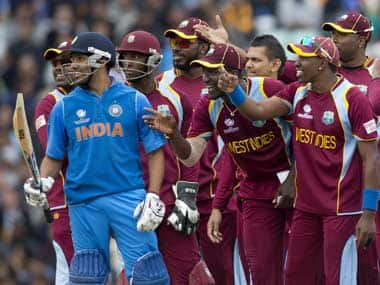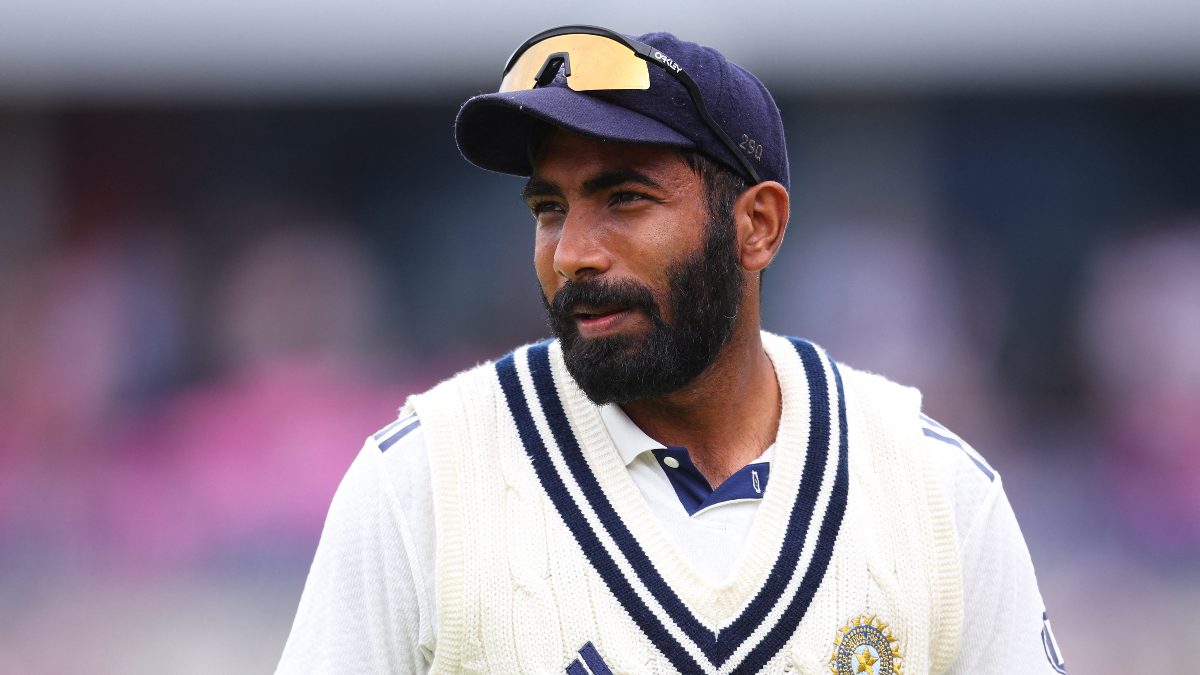All but our youngest readers should have memories of the 2003 World Cup, when a panoply of modern-day greats were in evidence wherever you turned. Even though Australia’s megastar Shane Warne was banned for taking an illegal substance, Brad Hogg filled in very well. The Aussies also fielded big-hitting batsmen like Ricky Ponting, Matthew Hayden, Adam Gilchrist and Andrew Symonds, while the two pacemen Glenn McGrath and Brett Lee intimidated in different ways. Fast forward 10 years and the current Australian ODI side, particularly now it is bereft of Michael Clarke, is a poor imitation of that mighty squad from a decade ago. The Sri Lankan side of 2003 boasted the bowling talents of Chaminda Vaas and Muttiah Muralitharan allied to technically adept batsmen like Marvan Atapattu and Kumar Sangakkara. They in turn balanced flamboyant strokeplayers like Aravinda De Silva and Sanath Jayasuriya. Plainly, the current Sri Lankan side is now a disjointed unit of fading maestros and younger players who haven’t, for whatever reason, made use of the opportunities presented to them. [caption id=“attachment_865005” align=“alignleft” width=“380”]  It soon became clear that the one-day international had been caught in a sort of cricketing no-man’s-land. AP[/caption] There’s still time, of course, for some of these less celebrated Sri Lankan and Australian players to do something that resonates for a while and solidifies their selection for a while to come. However the early evidence from the Champions Trophy is that much of the cricket has lacked the certainty that comes from players who feel confident about both their position and their role. Opening batsmen, most notably Pakistan’s in what seemed a none-too-testing chase against South Africa, have lacked conviction. Fast bowlers have concentrated largely on containment. The spinners haven’t really been giving the ball a rip. Sure, there’s plenty of time for everything to pep up a bit, but much of the cricket has just been tentative and a little negative. There is a notable exception, and her name is India. Not truly tipped by many pundits as potential winners of the tournament before the first ball had been bowled – perhaps with an eye on their travails in 2011 in England – India have nevertheless come out with purpose, particularly with the bat, which is obviously their strong suit. Their courage has been rewarded with an early semi-final spot. It is to the benefit of the excellent Shikhar Dhawan that he is surrounded by household names, dependable types who can probably get the job done should he fail. Compare his lot to another opener, Colin Ingram of South Africa. Yes, he has Hashim Amla and AB de Villiers on his team. But he also has plenty of others who, like him, are making their way in international cricket. South Africa are one of many teams happy to model themselves on the ultra-cautious approach favoured by the Cook-Bell-Trott triumvirate on the hosts’ roster. But where does all this timid cricket stem from? The key trigger that ended the era of the ODI heroes was surely Twenty20. It was only a few weeks after the 2003 World Cup final, after all, that the first professional domestic T20s were played across England and Wales. While Twenty20 rapidly grew into the impressively marketable product it is today, Test cricket remained staunchly defended by the players. It soon became clear that the one-day international had been caught in a sort of cricketing no-man’s-land – a necessary feature on the landscape due to its continuing commercial importance, but no longer targeted as a potential area of specialisation by the rising talents across the world. Hence we get the situation today where there are many excellent Twenty20 players about at international level, all vying for lucrative domestic contracts in various leagues across the world. There are also plenty of recognised Test stalwarts. But there is no one you could really term a one-day specialist. This year’s IPL featured some strong performances from West Indians like Kieron Pollard, Dwayne Bravo, Kevon Cooper and Sunil Narine. But the only one of these has played with the required consistency to be a high-class performer at ODI level, and that is Narine. It is a real sign of the times that Trinidadian all-rounder and Rajasthan Royals regular Cooper, 24, has played 70 matches at domestic Twenty20 level, just seven domestic 50-over matches, two first-class games, no Tests and no ODIs. I would add this: it’s a depressing sign of the times. Could Cooper improve the current West Indies ODI side? It’s possible, but given his extreme lack of experience in anything that isn’t the shortest form of the game, you can understand why he’s not in their squad.
While Twenty20 rapidly grew into the impressively marketable product it is today, Test cricket remained staunchly defended by the players. It soon became clear that the one-day international had been caught in a sort of cricketing no-man’s-land.
Advertisement
End of Article


)

)
)
)
)
)
)
)
)



